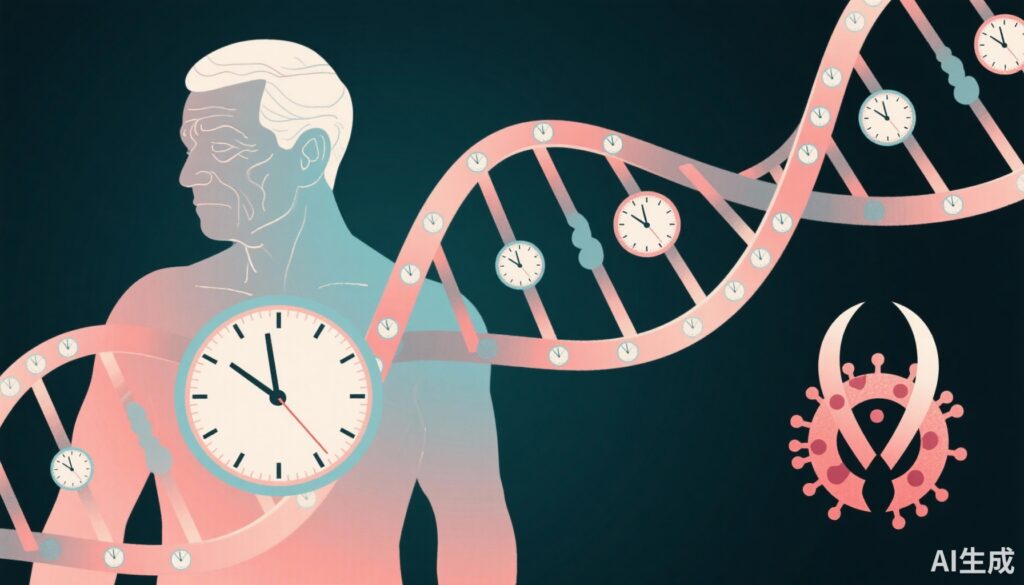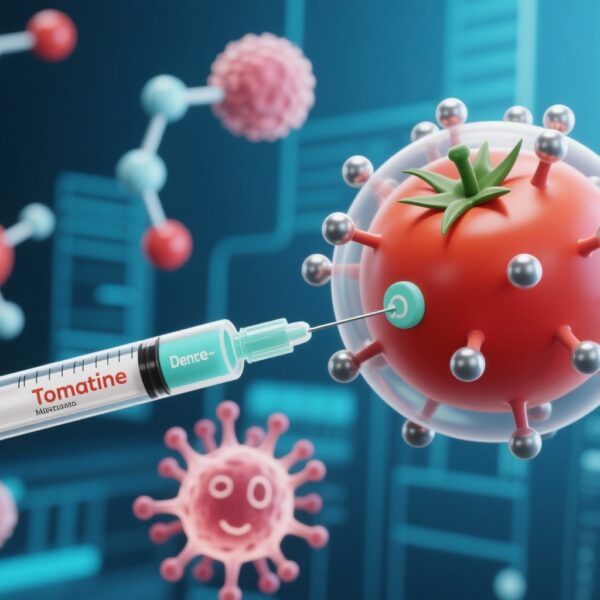Introduction
Human immunodeficiency virus (HIV) infection has transitioned from a fatal disease to a chronic condition with the advent of effective antiretroviral therapy (ART). Despite improved survival, people living with HIV (PLWH) exhibit increased risk for age-related comorbidities, suggesting accelerated biological aging. Among mechanisms proposed, epigenetic ageing—a process measurable via DNA methylation changes correlated to chronological age—has emerged as a promising biomarker of biological age advancement. This article critically reviews recent systematic evidence examining whether HIV infection is associated with accelerated epigenetic aging compared to HIV-uninfected individuals.
Background and Clinical Relevance
The burden of HIV continues globally, with millions affected and managed on lifelong ART. Long-term complications such as cardiovascular disease, neurocognitive impairment, and non-AIDS cancers are disproportionately prevalent among PLWH, beyond the effects of traditional risk factors. Epigenetic clocks, including first-generation (e.g., Horvath clock) and more sophisticated second-generation clocks (e.g., GrimAge, PhenoAge), provide DNA methylation-based estimations of biological age acceleration. Demonstrating accelerated epigenetic aging in HIV could offer mechanistic insights into premature aging in this population and identify targets for interventions.
Study Design Overview
The referenced systematic review by Bożejko et al. (2025) included 25 studies quantitatively comparing epigenetic age metrics between PLWH and HIV-negative controls. The populations comprised both ART-naïve and ART-experienced individuals. Studies utilized varying methodologies for DNA methylation assessment and epigenetic clock calculations. Confounding factors adjustment varied, with some studies controlling for comorbid conditions (e.g., diabetes, hepatitis co-infections), lifestyle variables, and BMI, while others lacked such controls. The review included cross-sectional and longitudinal designs, encompassing small to moderate sample sizes.
Key Findings
The overwhelming majority (22/25) of studies reported statistically significant acceleration of epigenetic aging in PLWH compared to uninfected controls. This accelerated epigenetic age was observed irrespective of ART status, indicating a persistent effect of HIV infection itself. Second-generation clocks, often regarded as more predictive of morbidity and mortality, generally demonstrated greater sensitivity to age acceleration in this cohort.
Notably, studies that adjusted for confounders such as BMI, co-infections (HBV, HCV), and lifestyle factors (smoking, alcohol use) still found accelerated epigenetic aging, supporting a robust association. However, heterogeneity in study design, sample characteristics, and epigenetic clock models led to variable effect sizes and some inconsistencies.
A key limitation across studies was small cohort sizes, which may limit statistical power and generalizability. Moreover, the majority of analyses focused on blood-derived DNA methylation profiles, potentially overlooking tissue-specific aging dynamics. Few studies addressed the differential impact of specific ART regimens or the influence of timing of HIV diagnosis and treatment initiation on epigenetic aging phenotypes.
Expert Commentary and Biological Mechanisms
The observed accelerated epigenetic aging in PLWH may stem from chronic immune activation, systemic inflammation, and persistent viral reservoir effects, despite ART-mediated viral suppression. HIV-associated oxidative stress and mitochondrial dysfunction could also contribute to epigenetic dysregulation.
Second-generation epigenetic clocks like GrimAge incorporate surrogate markers for smoking and inflammatory proteins, reflecting biological processes directly relevant to HIV pathogenesis and comorbidity risk. Thus, these clocks may better capture the cumulative insult HIV inflicts on the biological aging machinery.
Limitations such as inconsistent adjustment for confounders and small sample sizes warrant cautious interpretation. Future studies integrating multi-tissue sampling and longitudinal follow-up are needed to clarify causality and trajectory. Additionally, dissecting the impact of specific antiretroviral drug classes and age at HIV diagnosis could inform precision medicine approaches.
Conclusions and Future Directions
The systematic review securely positions HIV infection as a factor associated with accelerated epigenetic aging, underscoring the potential of epigenetic clocks as biomarkers in HIV clinical management. This age acceleration likely contributes to heightened vulnerability to age-related diseases among PLWH.
To translate these findings effectively, future research should prioritize larger, well-characterized cohorts with comprehensive adjustment for confounders and exploration of ART regimen effects. Integration of epigenetic data with clinical outcomes could identify intervention targets to mitigate biological aging in HIV.
Ultimately, understanding and addressing accelerated epigenetic aging in HIV may improve long-term healthspan and quality of life in this population.



